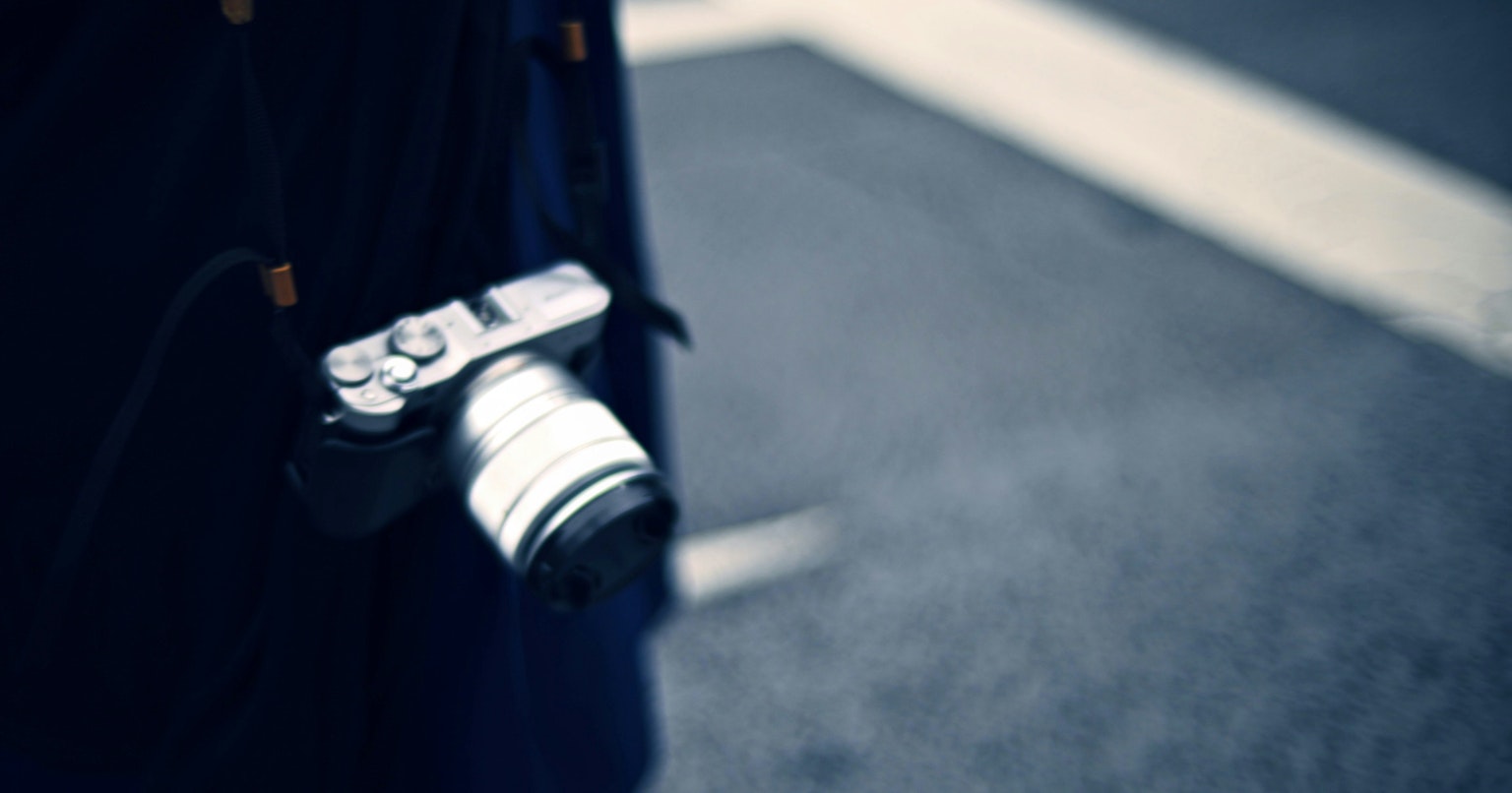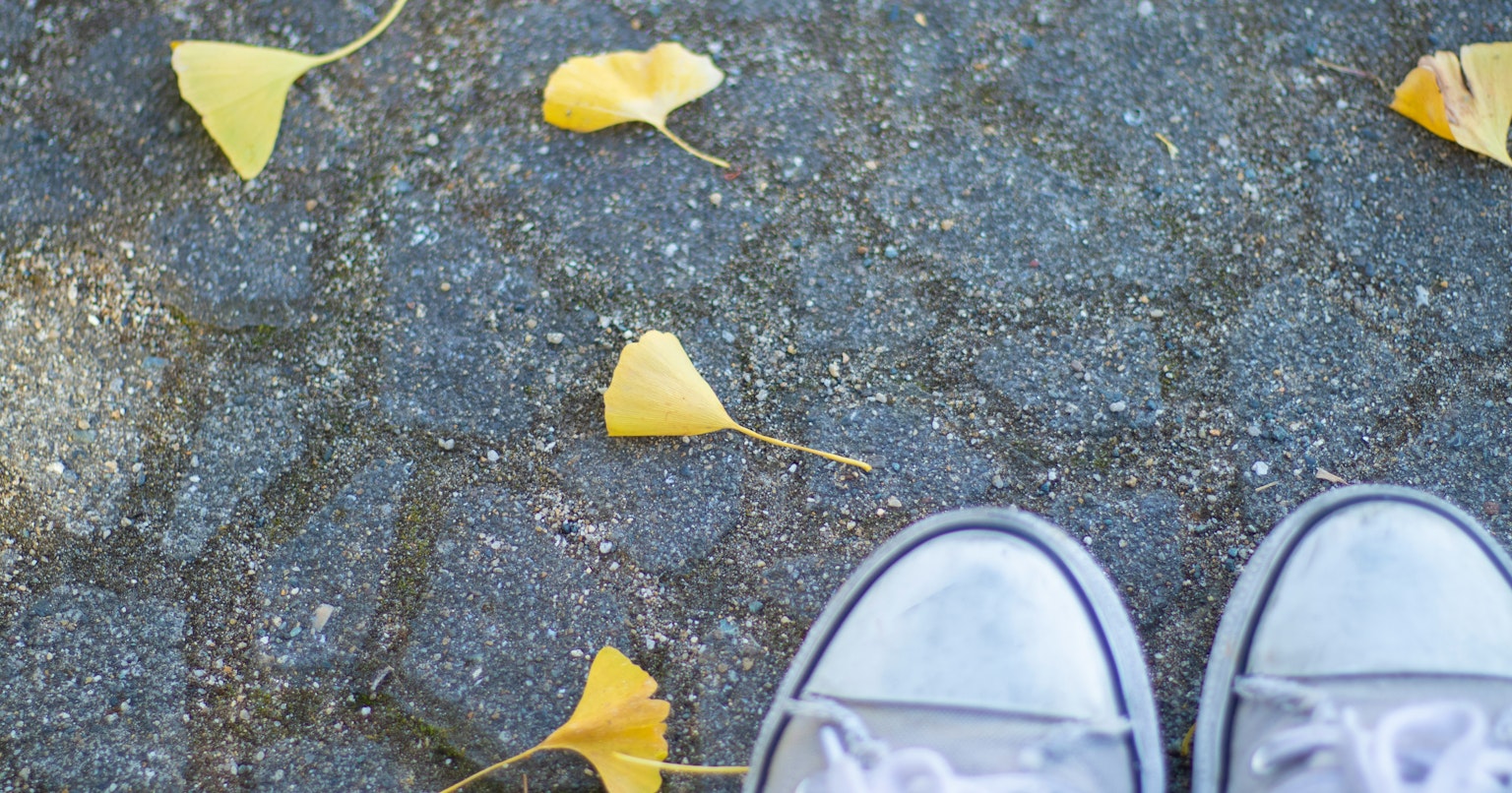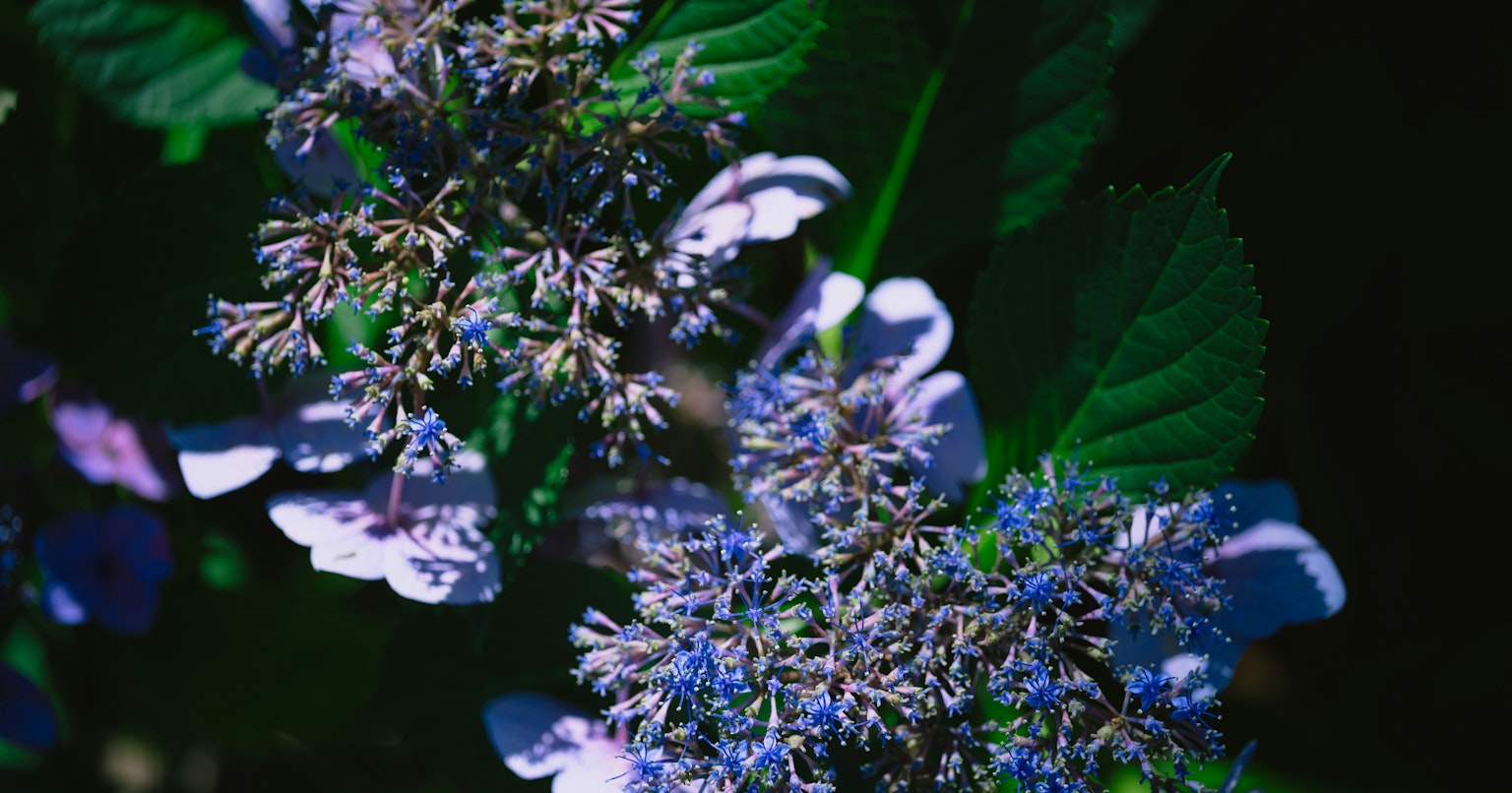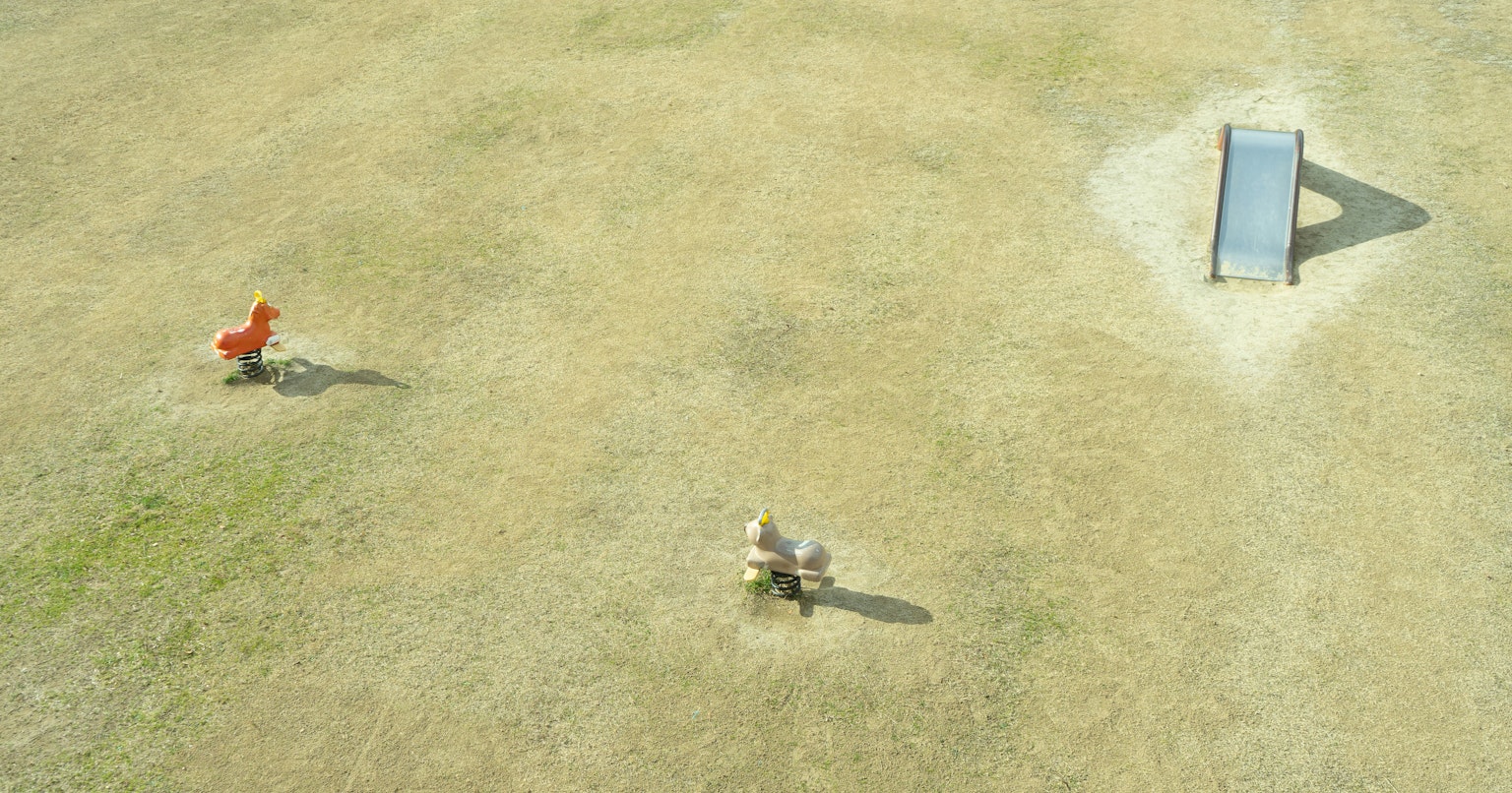Tracing the Aesthetics and Evolution of Bokeh: The Story of 'Pinhole' in Photography | Knowledge #356
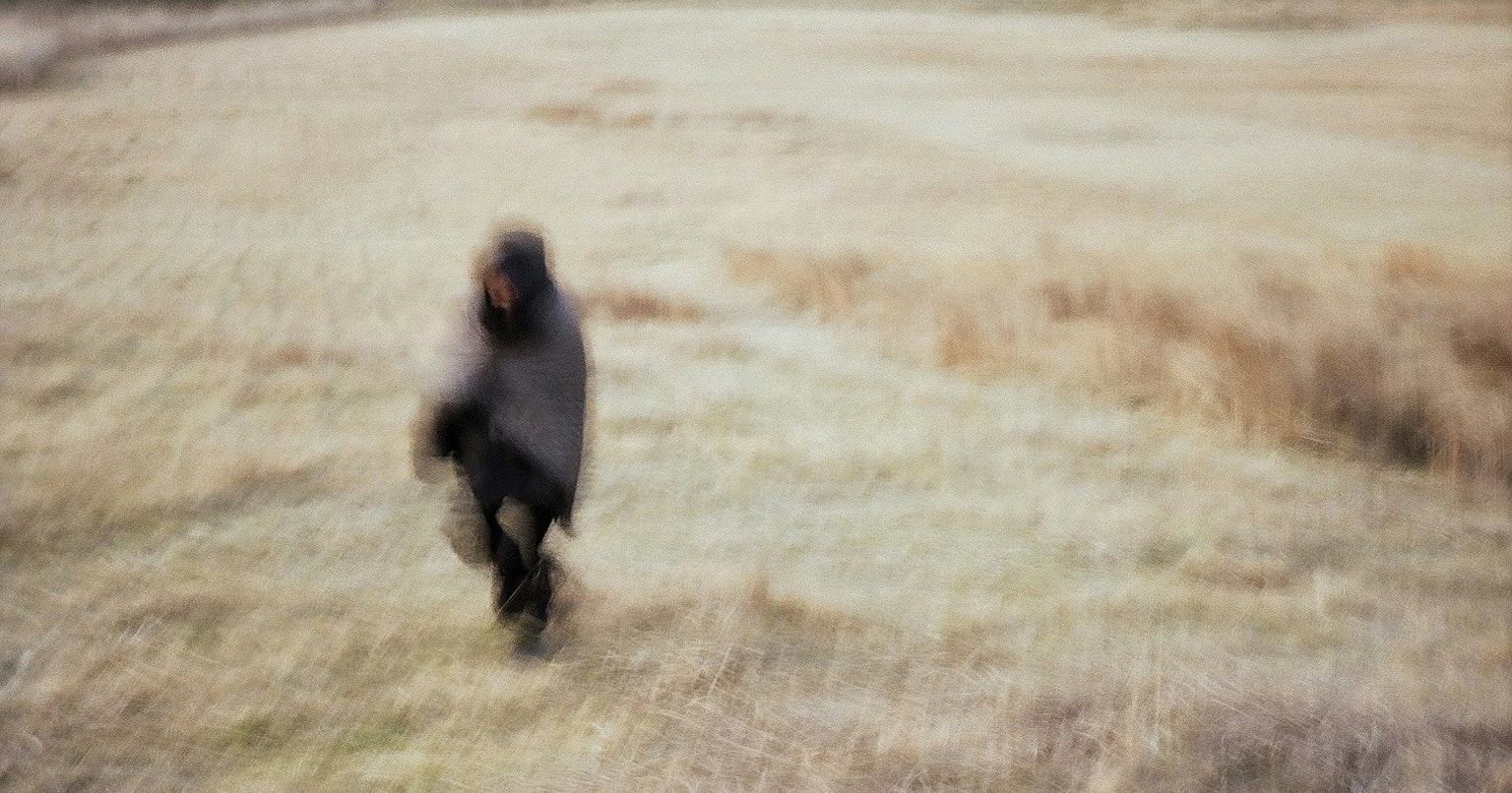
Cover photo by yNAK
In the 19th century, when photographic technology flourished in Europe and was introduced to Japan, the term 'Pinhole' was coined. Its origin lies in the fusion of the Dutch word 'brandpunt' (focus) and the Japanese word 'bokeru' (to blur).
Today, in an era where anyone can enjoy photography with smartphones and high-performance cameras, 'bokeh' is no longer seen as a mere mistake but has been re-evaluated as a creative expression. This article delves into the background of the term 'Pinhole' and explores how 'bokeh' has evolved as a photographic expression and become a unique cultural element in Japan.

Photo by Tsubasa Works
The Origins of 'Pinhole': A Fusion of Dutch and Japanese
'Pinhole' is a term that combines the Dutch word 'brandpunt,' meaning focus, with the Japanese word 'bokeru,' meaning to blur. During the early days of photography, Japan learned photographic techniques through the Netherlands.
After the Meiji era, as lens design advanced, 'focusing' became a fundamental aspect of photography. The term 'Pinhole,' which described the failure to focus, became widely recognized as a common term.
The Evolution of 'Bokeh' into an Artistic Expression
Originally, 'bokeh' was regarded as a mistake. However, its resemblance to the painterly technique 'Flou' (soft focus) gradually gained attention for its aesthetic value.
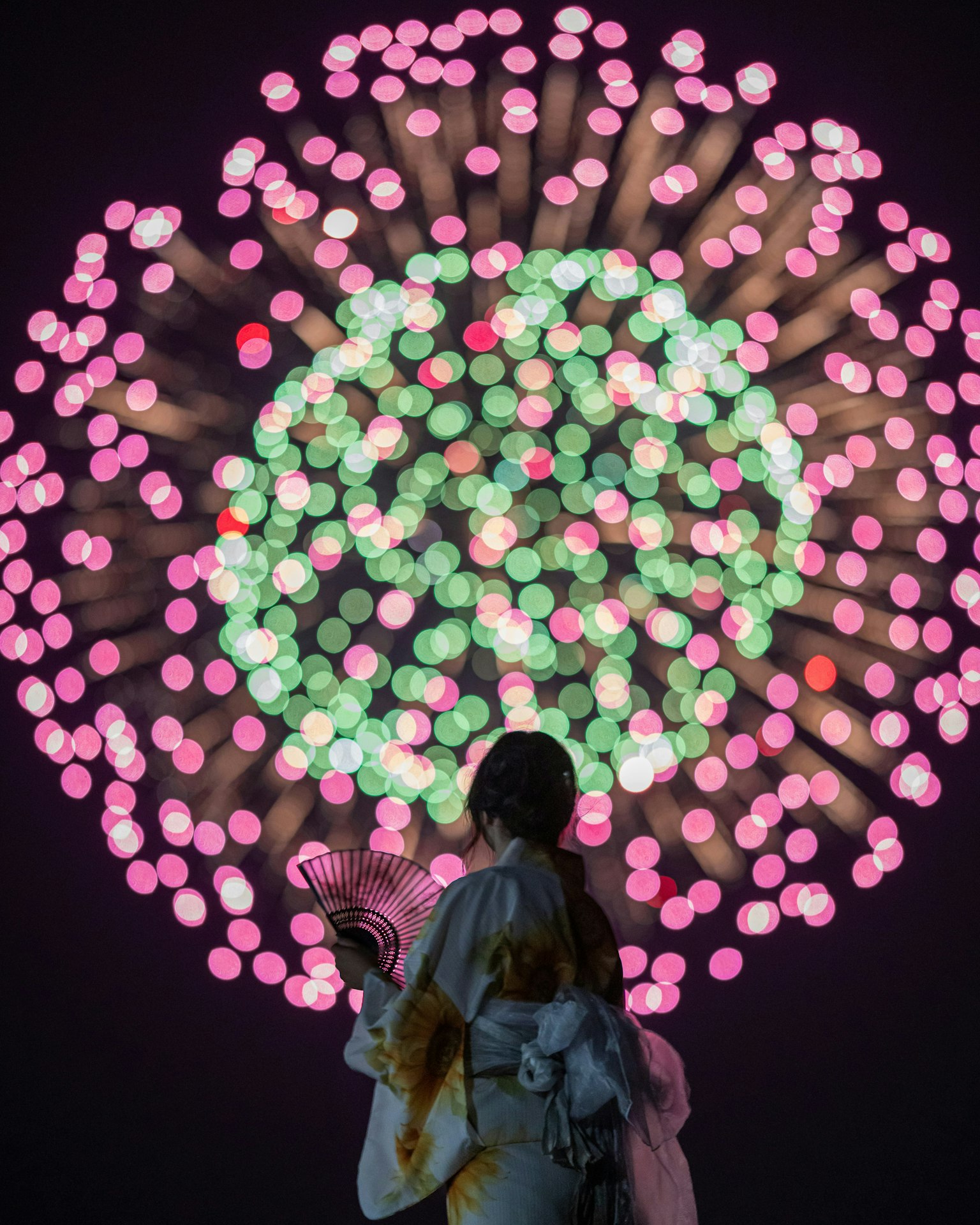
Photo by Teru
In Japan, in particular, the technique of 'softly blurring the background' developed uniquely, leading to the establishment of the term 'bokeh-aji' (bokeh flavor). Technologies like Nikon's DC lenses, which allow intentional control of bokeh, have further expanded the possibilities of photographic expression.
Is Bokeh a Mistake or an Intention?
The amount and quality of bokeh are influenced by three factors: aperture, focal length, and shooting distance. By using a smaller F-number, getting closer to the subject, or using a telephoto lens, you can achieve beautiful background bokeh. Additionally, focusing on circular apertures and controlling aberrations allows for softer depictions.

Photo by S.Yasu Photo
For beginners, it is recommended to 'get closer to the subject.' Start by experimenting with the distance between the subject and the background in your daily photography.

